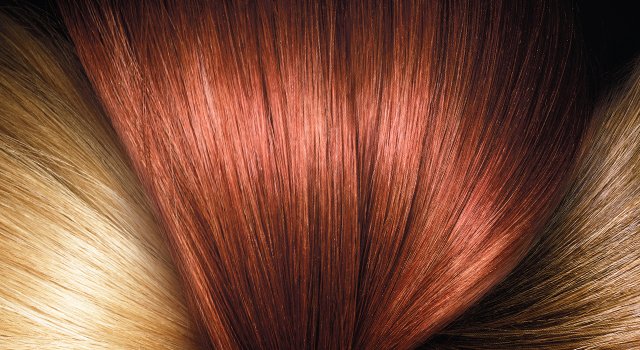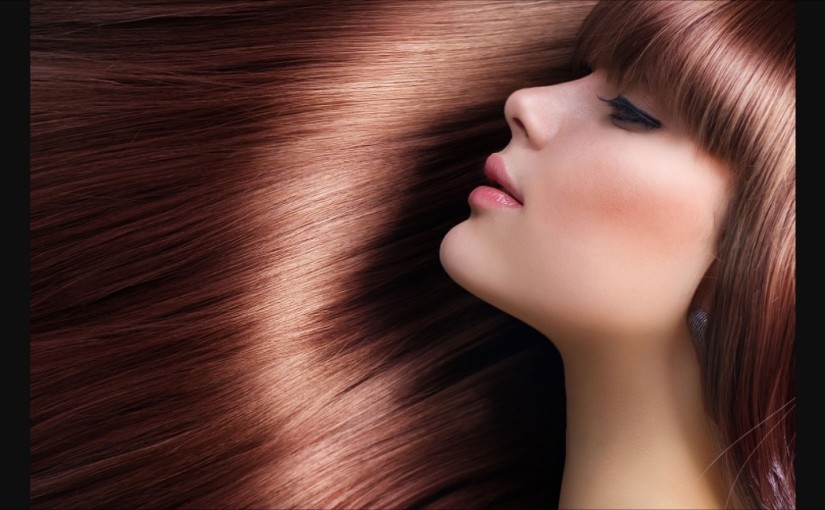Do you even ask your hairstylist at the salon about the type of hair colours are they using? If not, then you must know about the types of hair colouring available in Brisbane. Do you want to know about the different products used on your hair at the salons?
Some of the common types of hair colouring products currently available in the market ae mentioned below.
CHEMICAL DYES
Chemical dyes contain ammonia or peroxide. These agents open up the shaft and make the hair able to accept colour. Hair dyes such as this are permanent and last until hair grows out. Although the colour is said to be permanent, it will fade after time. The lightening caused by the agents will leave the hair permanently altered. Permanent chemical hair dyes are suitable for covering grey, which is hard to colour, and this is one of the few methods that will be successful.
These days, chemical-free hair dyes as permanent hair colours are also available in the market. Just ask your hairstylist for that.
COLOUR PRIMERS
A colour primer is simply materials that fill the hair shaft for creating even colouring. If you have dyed your hair in the past, a colour primer can correct any damage done in the past. Hair that is not protected by a primer sometimes grabs the colour in uneven amounts and causes uneven results.
HENNAS
Hennas are the one colouring product that can be touted as being suitable for your hair. Hennas are known for being red. It comes from the henna plant and has been a dependable colouring method for centuries. This product now comes in many tints and even clear. Henna is known to give your hair strength and shine. Just make sure that it is pure henna, other products contain metallic dyes and are not suitable for your hair.
HIGHLIGHTS
Highlighting is simply picking small strands of hair and making them a contrasting color. Traditionally this has been lighter. This can give your hair a sun-kissed look. Hair is sometimes highlighted with reds or other colors. Highlights can give your hair a full and shiny look. It can be highlighted by a few methods. Pulling hair through a cap, using foil to separate it and the technique of painting on selected strands. Treating large strands will give a dramatic look while painting smaller sections will result in an overall light effect.
COLOUR CORRECTORS or HAIR COLOR REMOVERS
Colour correctors are very useful. This helps to correct a color that is too brassy or red. It works in 15-20 minutes and helps remove both semi-permanent and permanent hair colour. There are also colour correctors that can make mousy hair colour shiny and bright. Using a colour corrector is a great idea if you need to change your hair colour by just a shade.
COLOR REFRESHERS
A colour refresher can brighten your hair in between colourings. They do not permeate and often come in shampoo form. They are a great way to make sure that your hair is always bright and shiny in between hair colouring. Colour refreshers can also contain conditioners to make your hair soft and manageable.
Find experts who can listen to your demands of hair colouring in Brisbane like permanent, semi, demi and temporary hair colouring well.


